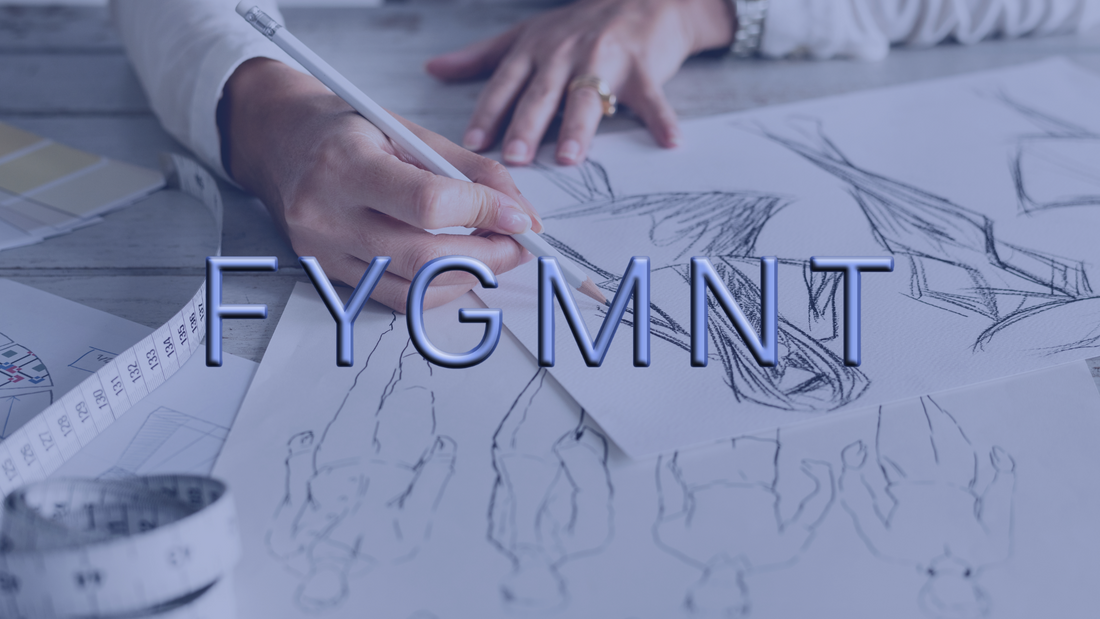
The Hidden Language of Couture: Decoding Symbols in Handcrafted Fashion
Share
Fashion is not merely about clothing; it's a medium of storytelling, a canvas for cultural expression, and a vehicle for personal identity. One of the most profound ways fashion communicates these narratives is through the intricate and symbolic art of embroidery. In the world of luxury couture, embroidery transcends decorative purposes, embedding layers of meaning and history into each stitch. This blog explores the hidden language of symbols in handcrafted fashion, unraveling the stories they tell and the craftsmanship behind them.
Historical Context: The Roots of Symbolism in Embroidery
Embroidery has been a significant form of artistic expression across various cultures for centuries. Ancient civilizations used embroidery to convey social status, religious beliefs, and cultural identity. For instance, in China, the dragon, often embroidered onto imperial robes, symbolized power and strength, reserved exclusively for the emperor. Similarly, in medieval Europe, religious symbols such as crosses and angels were meticulously embroidered onto garments to reflect piety and devotion.

These symbols were not chosen arbitrarily; each motif carried specific connotations and was carefully placed to communicate a particular message. The tradition of using embroidery to tell stories and convey meanings has been passed down through generations, maintaining its relevance in modern couture.
Symbolism in Modern Couture
Contemporary fashion designers often draw inspiration from these rich traditions, incorporating symbolic motifs into their collections. This fusion of heritage and modern aesthetics creates pieces that are not only visually stunning but also deeply meaningful.
For instance, Italian fashion house Dolce & Gabbana frequently integrates Sicilian culture and religious symbolism into their designs. The use of Catholic imagery, such as sacred hearts and Madonnas, serves as a homage to their cultural roots while making a bold fashion statement. Similarly, designers like Alexander McQueen have used embroidery to explore themes of nature, death, and rebirth, creating garments that are as thought-provoking as they are beautiful.

Techniques of Symbolism: The Craft Behind the Art
Creating these symbolic motifs is a labor-intensive process that requires exceptional skill and precision. There are various embroidery techniques employed to achieve different effects, each contributing to the richness of the final piece.
- Surface Embroidery: This technique involves stitching patterns directly onto the fabric surface, often using a combination of different stitches such as satin stitch, chain stitch, and French knots. Surface embroidery is versatile and allows for intricate detailing, making it ideal for creating complex symbols and motifs.
- Tambour Embroidery: Originating in France, tambour embroidery uses a hook to create a chain stitch, often with beads or sequins added for texture and sparkle. This technique is particularly popular in haute couture for its speed and the luxurious finish it provides.
- Goldwork: This ancient technique involves stitching with metal threads, usually gold or silver, to create opulent designs. Goldwork is often used to highlight important symbols, adding a touch of regality and grandeur to the garment.
- Appliqué: This method involves sewing pieces of fabric onto a larger piece to create patterns or pictures. Appliqué allows for the use of different textures and colors, adding depth and dimension to the embroidery.
Each of these techniques requires meticulous attention to detail and hours of dedicated work, showcasing the artisans' craftsmanship and the value of the finished piece.
Case Studies: Iconic Pieces with Symbolic Embroidery
Several couture pieces stand out for their use of symbolic embroidery, demonstrating how this ancient art form continues to thrive in modern fashion.
- Dolce & Gabbana's Alta Moda Collection: This collection is a celebration of Italian heritage, with garments adorned with religious symbols, floral motifs, and intricate lacework. Each piece tells a story of Italian culture and tradition, brought to life through the art of embroidery.
- Alexander McQueen's Savage Beauty Collection: Known for his theatrical and often dark designs, McQueen used embroidery to explore themes of life, death, and nature. His garments featured motifs such as skulls, butterflies, and flowers, each symbolizing different aspects of the human experience.
- Chanel's Métiers d'Art Collections: Chanel's annual Métiers d'Art collections are a tribute to the craftsmanship of the artisans who create their pieces. These collections often feature intricate embroidery inspired by different cultures and eras, showcasing the timeless beauty of this art form.
Personalization Through Symbols: Making Fashion Personal
One of the unique aspects of embroidery in couture is its ability to be personalized. Custom embroidery allows individuals to incorporate personal symbols and motifs into their garments, making them one-of-a-kind pieces that tell their own stories.
At FYGMNT, we believe in the power of personalized fashion. Our collections feature bespoke embroidery that allows our clients to add their own meaningful symbols, whether it’s a monogram, a family crest, or a motif that holds personal significance. This not only makes the garment unique but also creates a deeper connection between the wearer and their clothing.
Conclusion: The FYGMNT Touch
At FYGMNT, we honor the tradition of symbolic embroidery by integrating it into our luxury couture collections. Our artisans use a variety of techniques to create intricate designs that tell stories and convey meaning, making each piece a work of art. By blending heritage with modern aesthetics, we create garments that are not only beautiful but also deeply meaningful.
Discover the hidden stories in our couture collections and explore the world of symbolic embroidery at FYGMNT. Subscribe now for exclusive insights into our luxury collections and upcoming launches.
